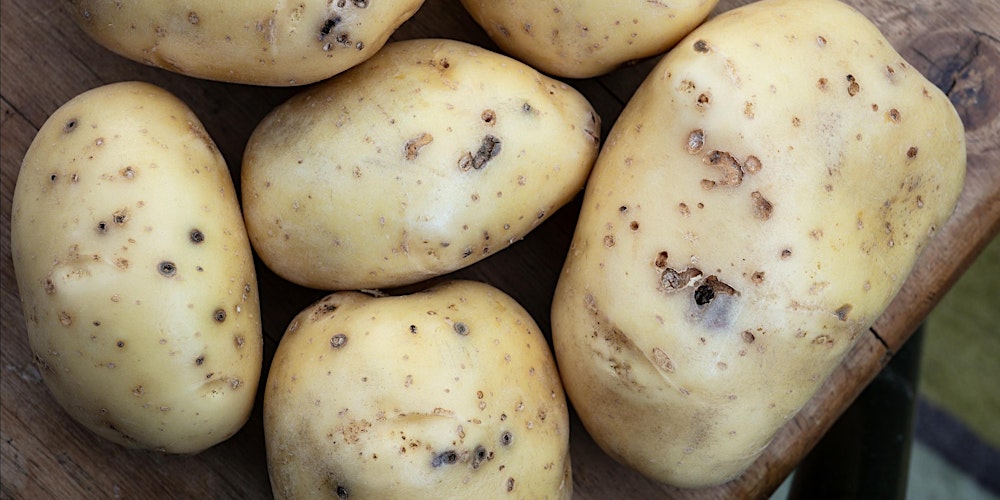Northantsplants
Member
I have been working with pheromone traps for 4 years now and we have about 30 sites round the UK where we are looking at adult activity. We in the Fera Enigma project are mainly looking at when they become active and the species present, from Aberdeen to Kent and so on. The species mix of Agriotes is expected to differ from North-South and East to West but I havent seen all the data yet. I know that historically sputator are not common in the North and from what we see in traps along the East over recent years they are dominant here.
You will have no success using pheromone traps to catch all the adults, and even if it did work, it would cost a fortune.
Re soil pH, yep we do see damage in high pH and cereals can be damaged more in chalky soils than clay but the soil texture is most likely a bigger factor.
The most critical factor in population survival is the need for the critical life stages to be supported. these are egg laying, hatch and juvenile survival.
My work has shown how we can predict adult activity pretty well now, certainly where I am and see what we can do to limit them.
Disruption of egg hatch is possible in certain crop situations
Juvenile survival, + disruption of any pupation or freshly pupated adults is best done with discs after a straw crop is harvested and straw cleared if no chopped.
Buckwheat in cover crops is supposed to reduce survival of the younger stages in particular, must be common buckwheat as far as we know.
If you leave cereal stubbles weedy every autumn, you may as well have grass in the field.
Would be interested to see work on radish as a trap crop, not quite sure what you mean by trapping them?
Biofumigation may kill juveniles.
There is an event on 26th September in Shropshire where this kind of work will be discussed.

Wireworm in potatoes field lab workshop and farm walk
Join us for a workshop and farm walk in Shropshire on wireworm in potatoes - management, identification and the latest field lab trials.www.eventbrite.co.uk
The best way to reduce damage in potatoes is to have them all cleared by now, and processing tolerances are better.
As far as the story on glycoalkaloids and susceptibility?
My answer is that they seemed to like Innovator in a trial last year and Canadian work indicated that some time ago.
It is not just a UK problem
There will be 7 presentations at the EAPR conference in Arras in early Sept, there will be a presentation from the UK on recent development work, all of which is post AHDB potatoes and with minimal funding.
I self-fund all my own work but Enigma has industry funding and we also get support from Cupgra and Innovative Farmers.
Trap crops draw pests away from the main crop. Or they can sometimes be used to disrupt lifecycles.Would be interested to see work on radish as a trap crop, not quite sure what you mean by trapping them?
An example is here:

Preliminary investigations into the use of trap crops to control Agriotes spp. (Coleoptera: Elateridae) in potato crops - Journal of Pest Science
A field trial was conducted to investigate the use of peas (Pisum sativum cv. Valverde), wheat (Triticum aestivum cv. Capo) and oilseed radish (Raphanus sativus var. oleiformis cv. Adagio) as trap crops to control wireworm in potato fields. We investigated the efficacy of trap crops and distance...






